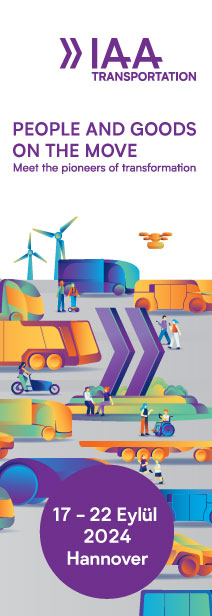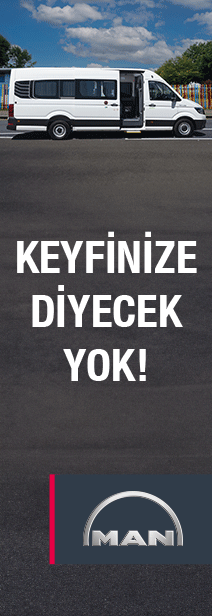Focusing on Intelligent Transport Systems (ITS), Cooperative Intelligent Transport Systems (C-ITS) and automated vehicles, the report found that next-generating technology could play a significant role in ameliorating the two largest social costs associated with road transport – accidents and congestion.
“Currently, the annual avoidable costs of road accidents are estimated to be around $27 billion and the annual congestion costs are estimated to reach $30 billion in 2030,” the report said.
“In the future, fully automated road vehicles could deliver benefits such as improved safety, more efficient and productive transport networks, more liveable city environments and better access to transport services for those unable to drive.”
With view to ITS technologies, BITRE found that such benefits can be highly variable, however, and that they often depend on the volume of traffic and pre-existing technologies in the respective field.
Strong benefits – as per benefit-cost ratio (BCR)* – are especially expected from investment in smart traffic signal coordination systems and ramp metering, a technology that is quickly becoming standard in the construction of new motorways in Australia.
Variable messaging signs, meanwhile, often don’t present a clear benefit, according to BITRE. “The costs of providing real-time information sometimes outweigh the benefits of doing so,” the Bureau said – indicating that there are exceptions to the rule.
While end of queue warnings are not cost effective, for example, BITRE said weather-related messages might make for a different business case. The same Is true for variable speed limits, which were found to provide safety and efficiency benefits that “clearly outweigh the costs of the technology”.
Cooperative-ITS – such as collision avoidance systems and right turn assist – were found to be most cost-effective when they come in a package.
“The largest cost associated with C-ITS is the on-board units needed in all vehicles. Many applications will also require government investment in road-side units or back-end infrastructure,” BITRE said – adding that “far larger” benefits arise from urban deployment than deployment on regional arterials.
“In major metropolitan areas of Australia, where ITS infrastructure is already in place, the additional cost of implementing C-ITS road-side units is relatively low.”
C–ITS applications may also support automated vehicles through applications such as truck platooning, with BITRE saying “truck platooning or cooperative adaptive cruise control has the potential to ease the difficulty of transporting road freight across Australia”.
On the topic of automation, BITRE said the results were equally variable – mostly because the term ‘automated’ can refer to a whole range of features covering everything from adaptive cruise control and lane departure warning through to the fully automated vehicles of the future.
“Some advances in vehicle technologies are already demonstrably economic based on their safety benefits,” the Bureau found. “Examples include autonomous emergency braking and lane departure warning systems.”
With view to fully autonomous driving, the Bureau said vehicles that are driverless on all roads offer the greatest potential to alter private and commercial vehicle transport patterns. “However, the timing and nature of these outcomes are highly uncertain at the present time.”
It added, “Fully automated vehicles will almost certainly provide safety benefits, because these vehicles remove the human element from accidents.”
However, the scope of these benefits is far from clear, with analysts estimating the economic benefits of safety reduction based on assumed reductions in accident rates.
The introduction of automated vehicles also has the potential to generate other economic changes, according to BITRE, including changes in employment in professional driving and in the nature of jobs in the automotive industry.
“Around 247,000 Australians were employed driving trucks, buses and taxis in 2015, of which 173,000 were truck drivers,” BITRE said – adding that US research found the cost of commercial transport may decline if automation reduced the need for manual labour.
“Studies acknowledge that an automated vehicle fleet will require fewer drivers but point to the creation of new jobs managing and maintaining the automated fleet.”
BITRE also quoted industry estimates on the cost of upgrading a truck to be fully automated, saying it would lie around the $39,000 mark.











